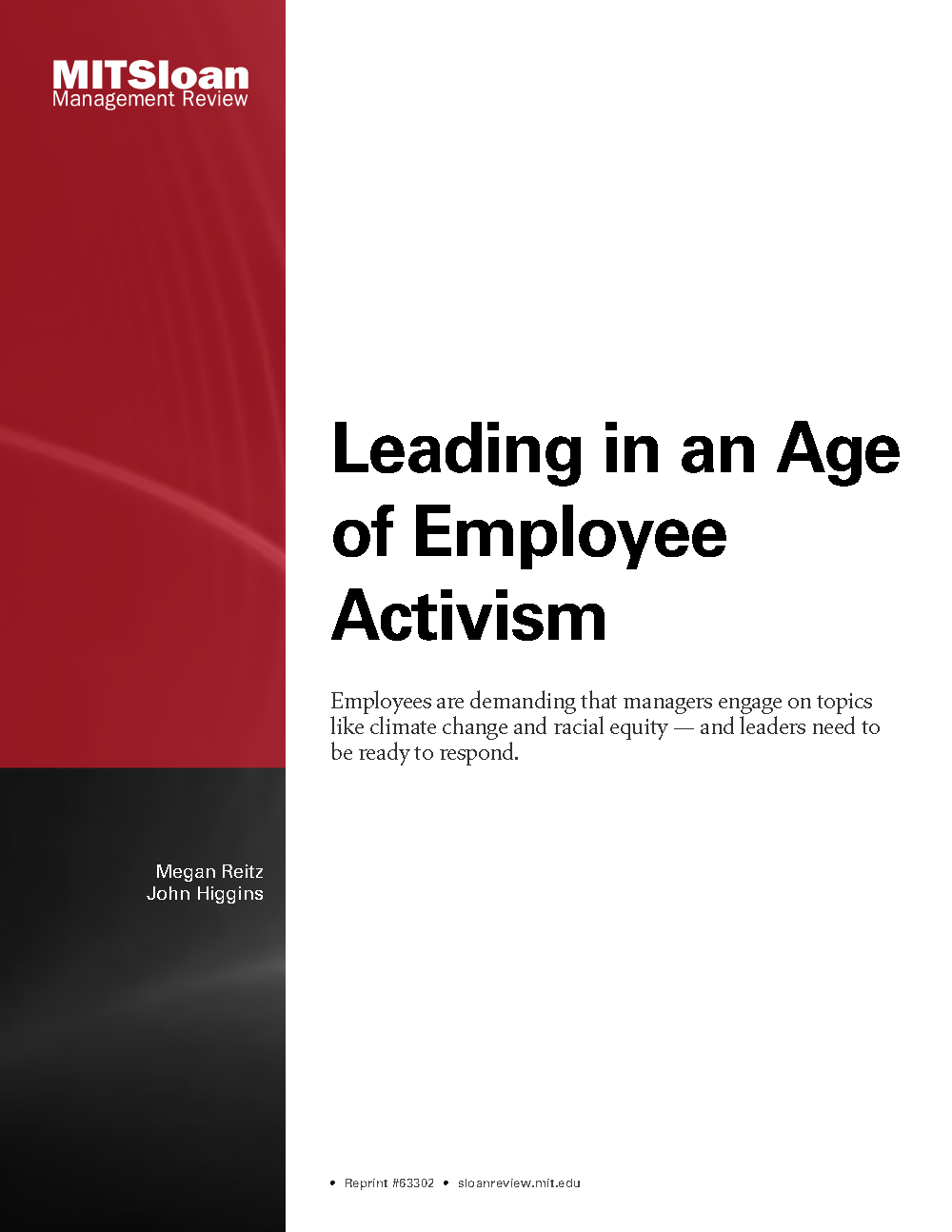
Intellectual Capital = Competence x Commitment
Commitment and competence are embedded in how each employee thinks about and does his or her work and in how a company organizes to get work done. It is, according to Dave Ulrich, a firm's only appreciable asset. As the need for intellectual capital increases, companies must find ways to ensure that it develops and grows.
There are five tools for increasing competence in a firm, site, business, and plant.
1. Buy. The company goes outside to hire new talent.
2. Build. Managers invests in employee learning and training.
3. Borrow. A company hires consultants and forms partnerships with suppliers, customers, and vendors to share knowledge, create new knowledge, and bring in new ways to work.
4. Bounce. The company removes those employees who fail to change, learn, and adapt.
5. Bind. The firm finds ways to keep those workers it finds most valuable.
Companies also need to foster employees who are not only competent but committed. Employees with too many demands and not enough resources to cope with those demands quickly burn out, become depressed, and lack commitment. A company can build commitment in three ways:
1. Reduce demand on employees by prioritizing work, focusing only on critical activities, and streamlining work processes.
2. Increase resources by giving employees control over their own work, establishing a vision for the company that creates excitement about work, providing ways for employees to work in teams, creating a culture of fun, compensating workers fairly, sharing information on the company's long-range strategy, helping employees cope with the demands on their time, providing new technologies, and training workers to use it.
3. Turn demands into resources by exploring how company policies may erode commitment, ensuring that new managers and workers are clear about expectations, understanding family commitments, and having employees participate in decision making.
Only by fostering competence and commitment together can a company ensure the growth of intellectual capital, says the author.




